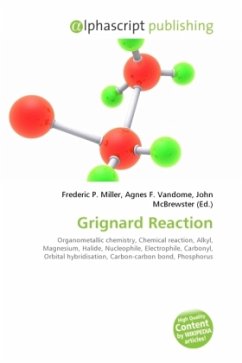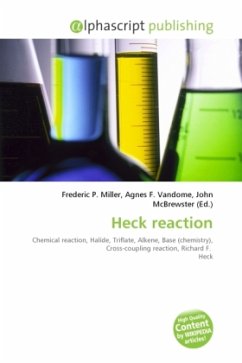The Grignard reaction is an organometallic chemical reaction in which alkyl- or aryl-magnesium halides (Grignard reagents) act as nucleophiles and attack electrophilic carbon atoms that are present within polar bonds (e.g. in a carbonyl group as in the example shown below) to yield a carbon-carbon bond, thus altering hybridization about the reaction center. The Grignard reaction is an important tool in the formation of carbon-carbon bonds and for the formation of carbon-phosphorus, carbon-tin, carbon-silicon, carbon-boron and other carbon-heteroatom bonds. The nucleophilic organometallic addition reaction is irreversible due to the high pKa value of the alkyl component (pKa = ~45). Such reactions are not ionic; the Grignard reagent exists as an organometallic cluster (in ether). The disadvantage of Grignard reagents is that they readily react with protic solvents (such as water), or with functional groups with acidic protons, such as alcohols and amines. In fact, atmospheric humidity in the lab can dictate one's success when trying to synthesize a Grignard reagent from magnesium turnings and an alkyl halide.








